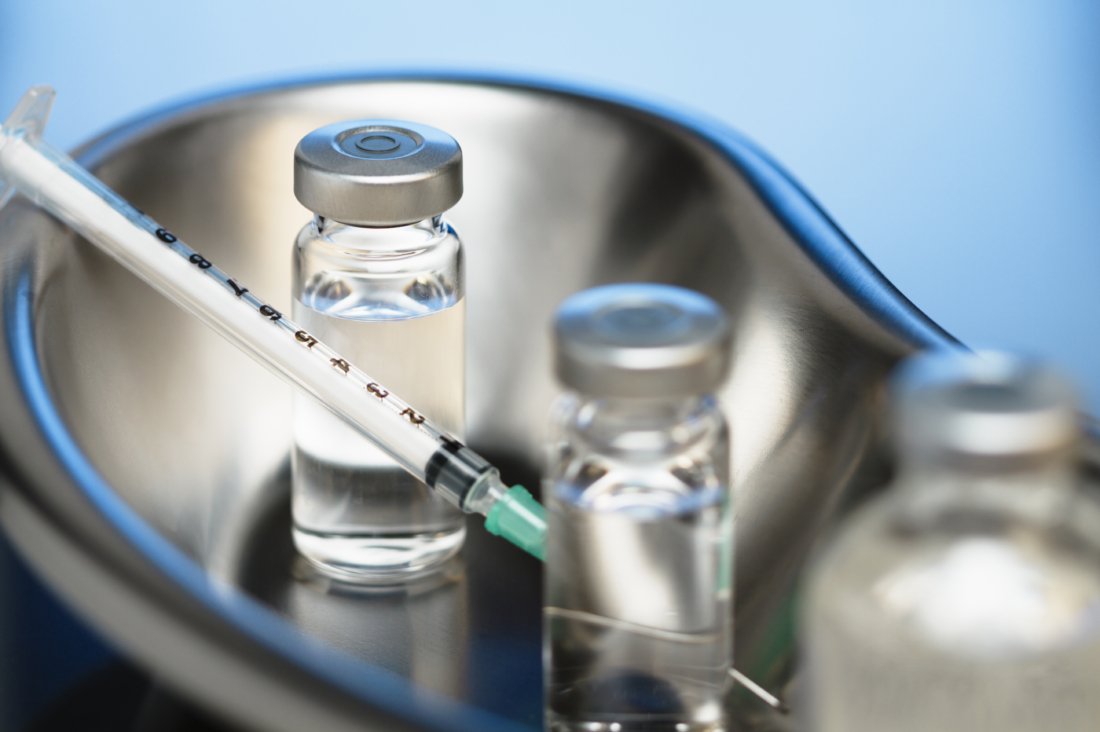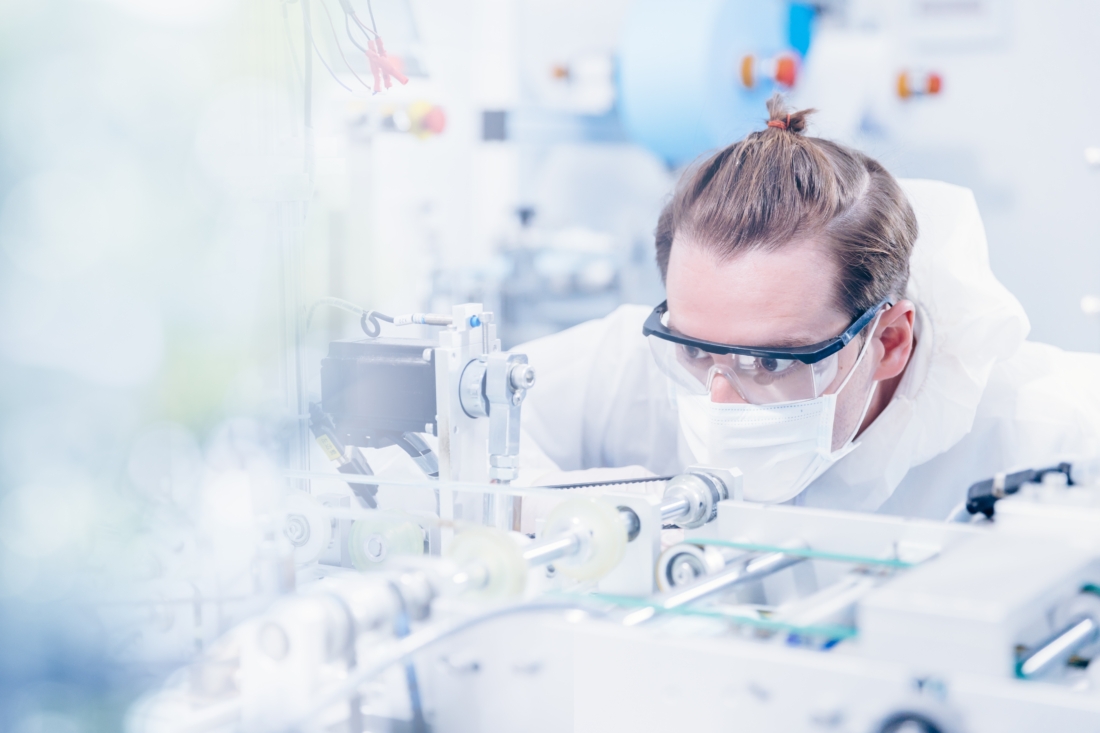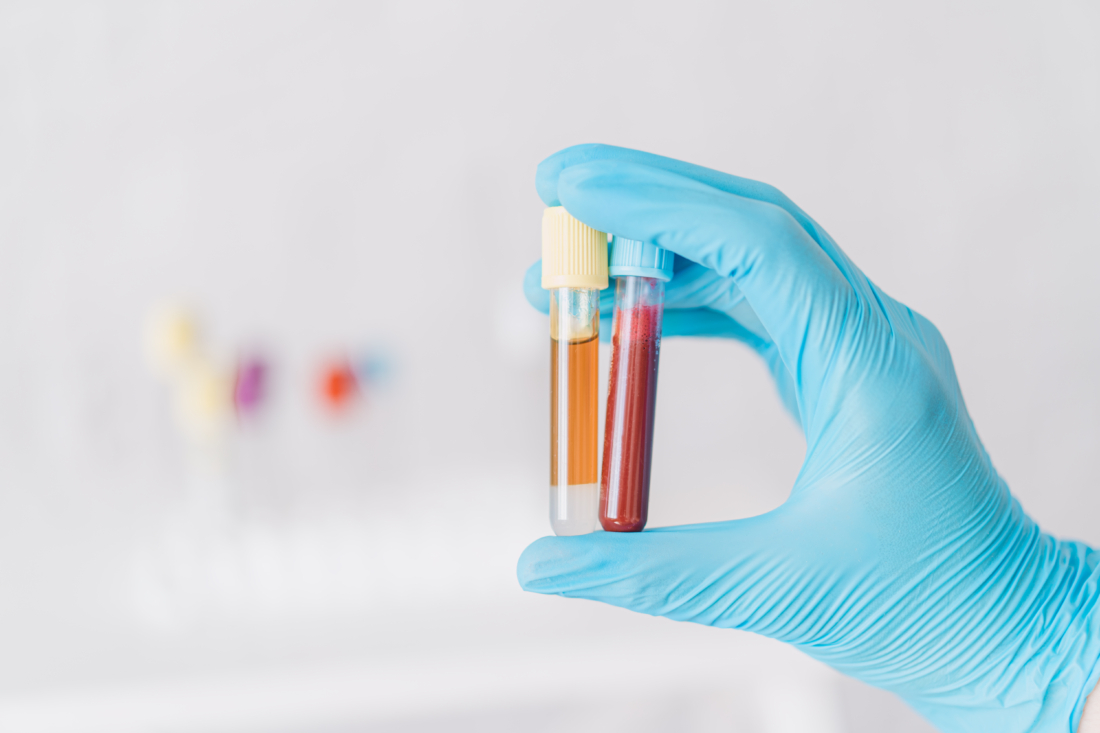How we achieved Pharmacopeia Compliance by testing updated monographs
Ensuring Compliance with Monograph Updates: Testing Analytical Methods for Two Raw Materials
EDQM | HPLC | UPLC | GAP-analysis | pharmacopeia compliance | Monograph
Our client is a leading pharmaceutical company known for its research and development of innovative drugs that are used to treat a variety of medical conditions for animal and humans.
As a pharmaceutical company, our client is subject to regulations set forth by various pharmacopeias around the world. These pharmacopeias regularly revise their monographs, which are documents that provide guidelines for the testing and quality control of pharmaceutical ingredients.
Challenge of our client in terms of pharmacopeia compliance
The European Directorate for the Quality of Medicines & Healthcare (EDQM) sent a revision draft of two different raw materials used in our client’s top five drugs.
The changes were major and included
- the addition of an assay and related substance test by ultra-performance liquid chromatography (UPLC) & high-performance liquid chromatography (HPLC),
- an identification test (infrared),
- and a water content test.
The revision required the company to provide commentary on the revised monographs within two months, which meant that there was a limited time frame to complete the necessary testing.
Completing the testing meant
- receiving equipment and materials,
- creating methods,
- writing the protocol,
- launching the analysis,
- writing the report,
- and providing commentary.
One of the biggest challenges was that this project was not a priority, so limited resources were available.
Our approach for pharmacopeia compliance
A meeting was planned with all the laboratories impacted by these revisions. It was critical to test these new monographs since these raw materials were used in the top five drugs of the client.
Failure to perform the analysis according to the revision would lead to incapacity to release the raw material and consequently stopped the release of these drugs in Europe.
The other sites in the world warned us that it was possible that they would not be able to meet the restricted timeline. So, it was critical that our team produced results.
To manage this project with this timeline, procedure was the following:
- Perform a Gap analysis between the current monograph and the one proposed by the EDQM
- Create a Gantt chart with all the steps to be performed
- Agree on the responsibility and roles of all the people involved
- Find the necessary resources, including technicians, managers, QA, time, and equipment in order to start as soon as possible.
- Order all the material and reagent. The stocks of reagents quickly went down because all the laboratories in the world needed the same ones, but with the help of the buying department all the reagents were found.
- Create the new UPLC and HPLC methods on Empower and revise them.
- Write a protocol for each analysis to perform with their design.
- Perform all the analysis according to the new analytical methods proposed by the EDQM.
- Write a report of these familiarization with all the investigation and deviation closed.
- Summarize all the comments and send them to the EDQM
Results
Water content analysis, Infrared identification and solubility tests for both raw materials gave compliant results.
However, HPLC and UPLC assay and related substance methods were more complicated. The acceptance criteria of the suitability tests could not be met.
Different root causes were investigated:
- Several UPLC models were tested, the equipment played indeed a part in the non-conformity.
- The operator didn’t significantly impact the results.
The investigations were performed as much as the timeline allowed it.
Furthermore, different qualities of raw material were tested, and the results obtained allowed the clients to anticipate better the future changes.
A report was written, and the results were presented during the final meeting. With the comments sent, now the EDQM must review them and will hopefully readjust their UPLC method accordingly before the application of the new monographs.
The other test including water content, infrared and solubility were performed, and the results were successful. These methods are now ready for the next version of the monographs. Despite the challenges, we were able to complete the project on time and deliver quality work to the client.




